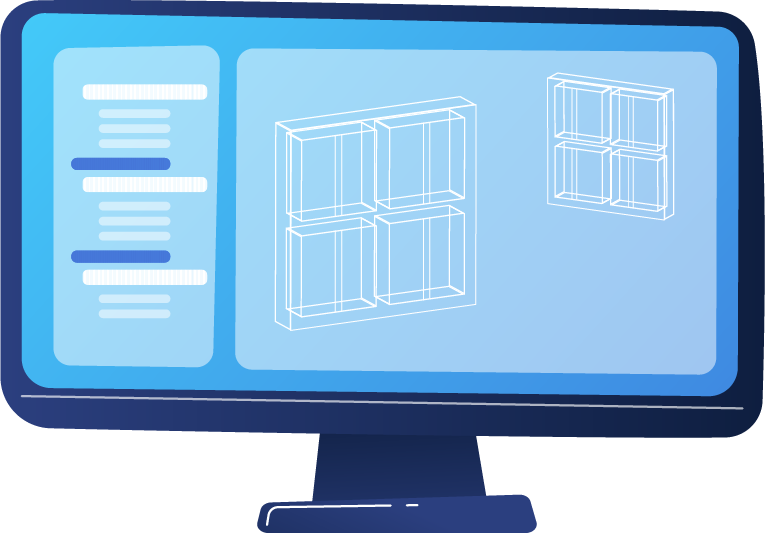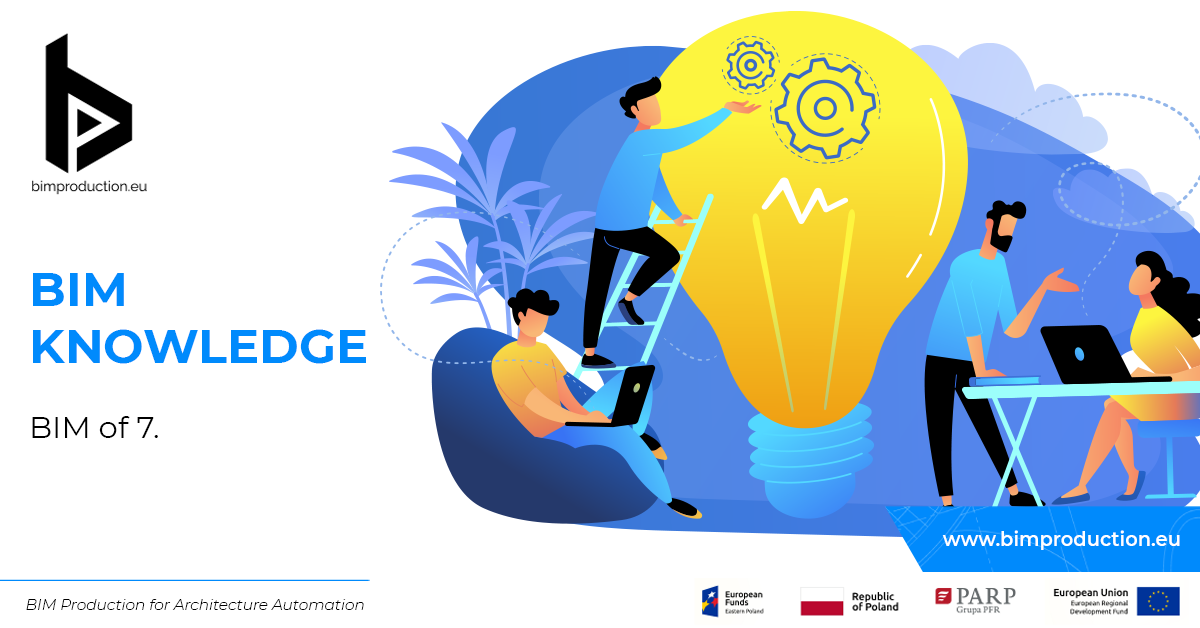BIM is not a new subject, and its origins, according to many professionals in the construction industry, reach back to the beginning of the 1960s. Since then, the whole concept has grown tremendously – mainly due to technological developments. What is worth knowing about BIM? We have selected 7 of the most interesting aspects related to BIM technology for you.
We have already touched it in our previous material, but we believe it would be worth mentioning
1. There are 3 abbreviations in the nomenclature:
- Building Information Modeling
- Building Information Model
- Building Information Management
2. BIM is not only a 3D model
The 3D model is one of the components of BIM technology. According to NBIMS (National BIM Standards), “BIM is a digital representation of the physical and functional properties of an object. It serves as a shared resource of information about an object that provides a reliable basis for making decisions throughout its lifecycle, right from the start. ” Simply put, it is a system that shows how all information and data about an object should be managed in the most efficient way through the organization of work and the use of modern technologies.

3. BIM BAM BOOM – building life cycle
Depending on the function of the parametric model at a given point in the investment life cycle, the subject of BIM technology application can be divided into 3 areas:

BIM – Building Information Modeling – refers to the building information model in the design and analysis phase. It is the most recognizable part of the investment life cycle due to memorable visualizations and various simulations (e.g. energy, insolation)
BAM – Building Assembly Model – refers to the integrated model used in the construction phase, we can compare it to the manual how to efficiently build a building. It is this evaluation that allows you to plan schedules, keep settlements, i.e. manage the entire construction process.
BOOM – Building Optimized Operations Model – refers to a building model in the use phase, i.e. digital as-built documentation enriched with all parameters of building elements. This BOOM is integrated with many electronic systems, creating smart building and smart city environments.
4. The seven dimensions of BIM
Designing in 3D technology has been nothing unusual in construction and architecture for years. It allows designers to clearly present their vision and investors to better understand the final shape of the investment.
We’ve all heard about “3D”, but BIM technology knows more dimensions.
“It has been assumed that the fourth dimension is related to the time course of implementation, and the fifth – to cost; for further dimensions, a generally accepted standard has not yet been established, but more and more often 6D is associated with sustainable development parameters, and 7D with operational variables. ” – this quote from the book “BIM innovative technology in construction” (Andrzej Tomana) perfectly illustrates the complexity of BIM technology.
5. BIM is not a time trend
BIM is a natural continuation of the evolution in design, the digital beginning of which was the departure from the drawing board and the transition to 2D CAD design.
Over time, the development of design software made it possible to visualize designs using three-dimensional models. 3D modeling has opened a new era for the construction sector, but there is still a need for further development and fine-tuning of the technology for a dynamically changing reality. So it is not a trend that will pass, but a response to the requirements of modern design, where the latest technological solutions support the processes in the life cycle of the entire project.

6. A breakthrough year 2025
There are more and more reports, documents and articles with a vision for the development of the construction industry until 2025. All of them indicate that the construction of the future places emphasis on energy-saving, ecological solutions using BIM as a source of information, data exchange and communication between the design office, contractors on the construction site and the managing investor.
The year 2025 is also the time when two projects will be completed – “BIM Education” and “BIM Standard PL“. After 2025, more BIM specialists will appear on the labor market, and state authorities may decide to oblige the use of BIM technology in public procurement.
The following years are the time to determine whether BIM is needed, although we already know the answer.

7. BIM supports intelligent solutions
Smart cities are defined in various ways, some focus on the use of the latest technologies, others on the functionality that these cities are to provide, others talk about co-creating and co-deciding smart city residents and about the benefits of such an approach in city management.
Regardless of the aspect on which the emphasis is placed in the formation of smart cities, two aspects seem to be the most important in this concept: (similarly to BIM technology) Smart City is based on cooperation and data exchange. These activities are aimed at improving the functioning of cities, better use of available resources and reducing environmental pollution.
In creating a Smart City, BIM becomes an ideal tool for building a database of buildings located in the city, and its extension of CIM (City Information Modeling), including infrastructure, gives amazing opportunities in efficient city management, thus increasing the quality of life of its inhabitants.



Recent Comments